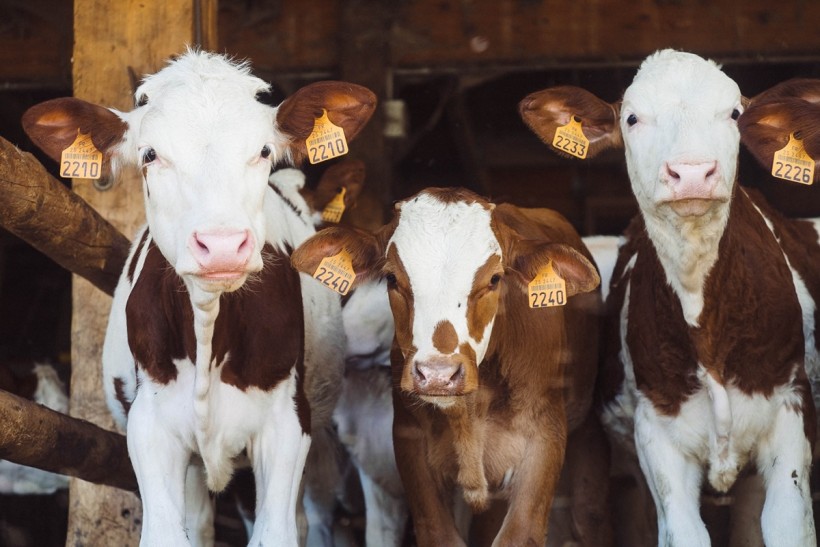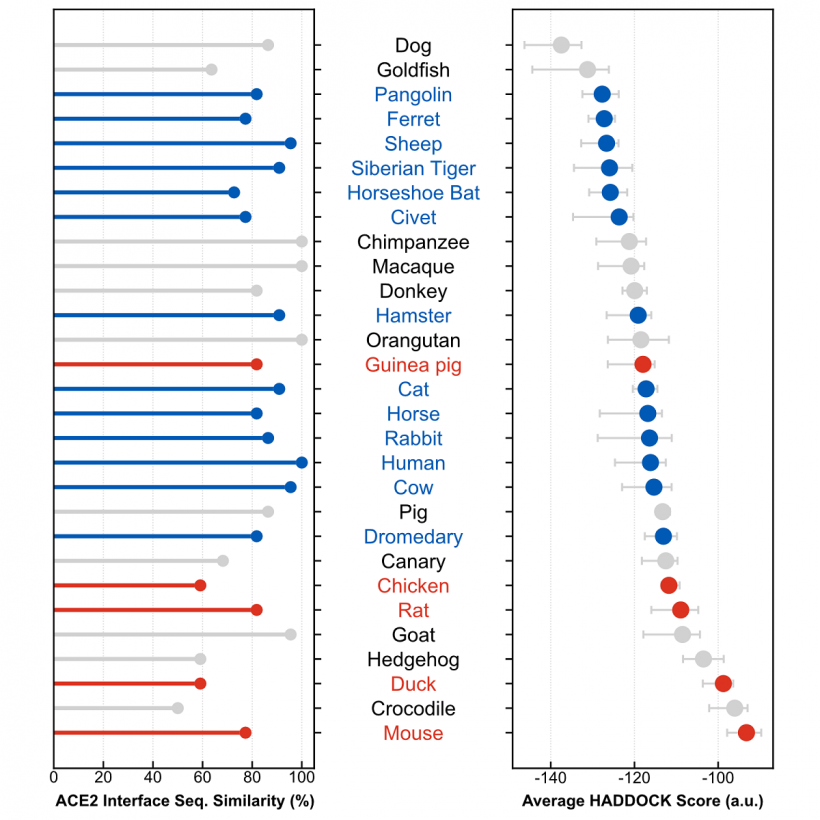Coronavirus has already affected millions of millions of people worldwide, leading to death of about 1.5 million COVID-19 patients. While there were numerous reports of animals infected by the virus, a new 3-D protein model shows that not all creatures can get ill.
On the onset of the coronavirus pandemic, earlier studies suggest that the health crisis began when the SARS-CoV-2 virus that causes COVID-19 were transferred from pangolins or bats to humans. Aside from these creatures, other animals such as cats and cattle appear to be more susceptible to the virus than other animals like chickens and pigs. The cause of such discrepancy is still unclear.

3-D Protein Model Shows Not All Animals Are Infected with COVID-19 – Here’s Why
3-D Protein Model suggests why some animals and immune to COVID-19
According to Phys.org, a new study by researchers of Stanford University in California claims that some creatures are more immune to COVID-19 while others are more susceptible to infection than other animals because of their distinctive structural features, particularly with a protein found on the animal cell surface. João Rodrigues and his colleagues published their findings in PLOS Computational Biology, an open-access journal.
The researchers have developed a 3D structure model that shows how the SARS-CoV-2's receptor-binding domain interacts with human ACE2 receptor. This shows that amino acids that are vital to the human-virus interaction are only present in animal species that are susceptible to COVID-19.
Rodrigues and his colleagues searched for clues on how infection begins: when SARS-CoV-2's protein spikes bind to an ACE2 protein receptor on anima cell's surface. The researchers used computer simulations to show the proteins' 3-D structures and analyze how the spike protein is interacting with ACE2 receptors of different animals.

3-D Protein Model suggests why some animals and immune to COVID-19
Rodrigues and his team found that ACE2 of certain animals lock better to the virus better, which makes them susceptible to COVID-19 infection like humans do. Although these are just estimates, the simulations made by researchers were able to pinpoint particular structural features that are unique to susceptible species' ACE2 receptors. In contrast, other species seem immune because they lack these features in their ACE2 receptors, so they have weaker spike protein interactions.
3-D Protein model's future enhancements
While Rodrigues and his team will continue to refine the tools they used in computing for this study, their findings could certainly assist scientists and health authorities in developing antiviral strategies using artificial "locks" that would trap the virus to avert interaction with human ACE2 protein receptors.

3-D Protein Model suggests why some animals and immune to COVID-19
Rodrigues noted that they could help enhance the models to further monitor animals that carry viruses, which may jump to humans, and "ultimately preventing future outbreaks." He also expressed gratitude to preprints, open-access data as well as freely available academic software, which they have used throughout the study.
"We went from wondering if tigers could catch COVID-19 to having 3-D models of protein structures offering a possible explanation as to why that is the case in just a few weeks," Rodrigues noted.
Denmark culled millions of COVID-19 infected minks
Back in November, Tech Times reported about the plans of the government of Denmark to cull all 17 million minks in the country as mutated coronavirus strain was found in these cutesy creatures.
Danish Prime Minister Mette Frederiksen announced the decision in a news conference that they are prioritizing their responsibility over their citizenry and the rest of world to ensure that mink-to-human transmission is prevented. The Denmark has the world's largest mink fur industry.
Related article: Denmark to Cull 17 Million Minks After Detecting Mutated Coronavirus Strain, Allowing Mink-to-Human Transmission
This is owned by Tech Times
Written by CJ Robles









